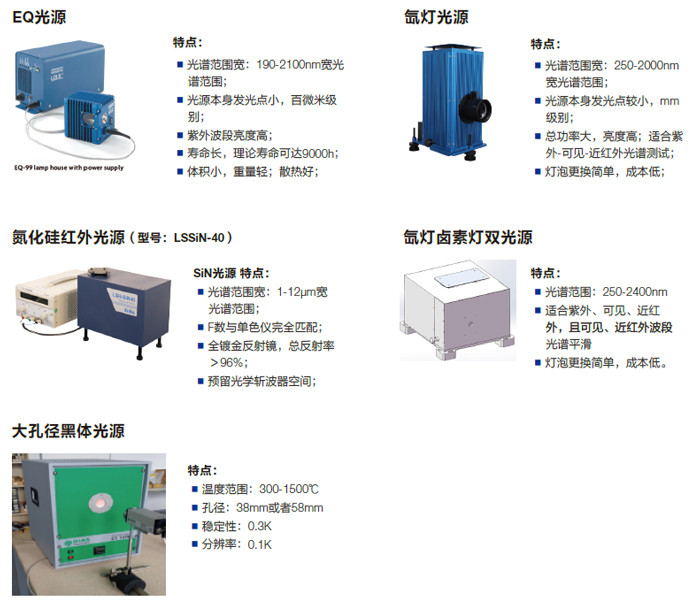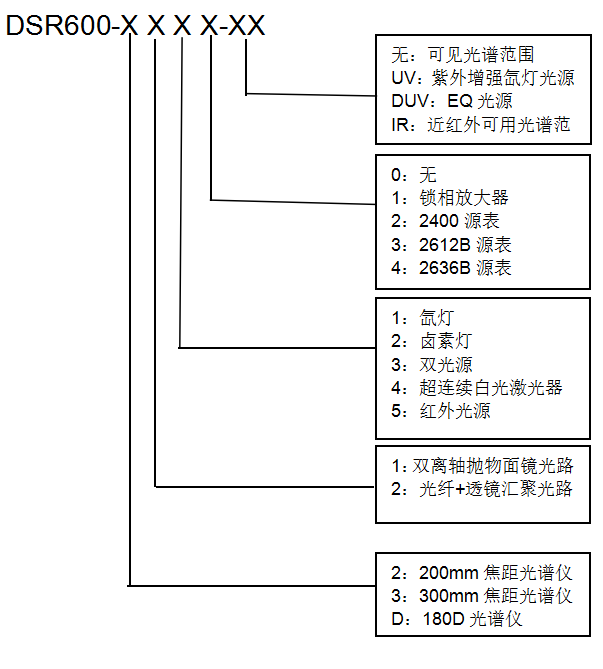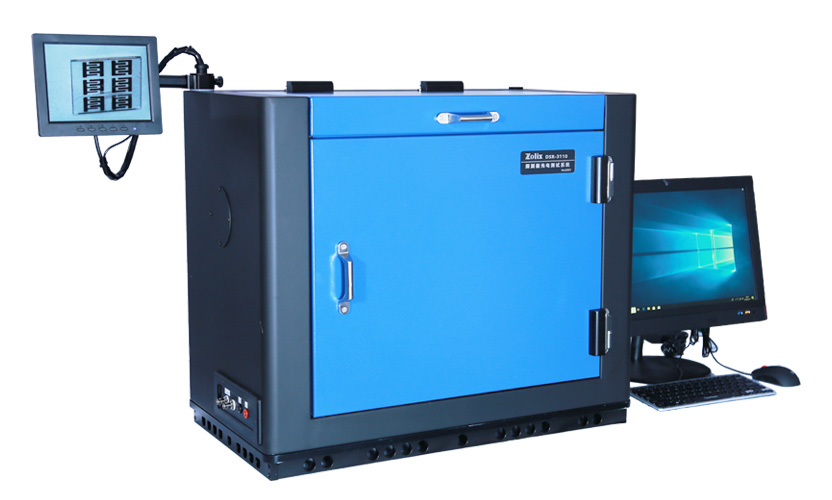Photodetectors are sensors that convert optical radiation signals into electrical signals using materials that have a photoelectric effect. Most photodetectors have strong spectral selectivity in a certain spectral region, so the spectral responsivity of photodetectors is different at different wavelengths. Therefore, the spectral responsivity is an important parameter index to characterize the performance of photodetectors. In addition, for the scientific research of photoelectric materials, by measuring and analyzing the spectral responsivity data of photoelectric materials, we can further derive the properties of the materials themselves, which is of guiding significance for the selection of preferred materials and the improvement of processes.
According to the actual different needs of users for calibration, JOYCE can provide research grade DSR600 series photodetector spectral responsivity calibration system.DSR600 Detector Spectral Responsivity Calibration SystemThe Spectral Response System is a fully automated test system that has been developed in response to the growing demand for testing equipment for materials science research. It combines the features and experience of the spectral response system customized for many scientific research institutes, and adopts the national standard measurement method to conduct fully automated testing, which is a necessary tool for the research of spectral response performance of optoelectronic devices and photoelectric conversion materials.
DSR600 Detector Spectral Responsivity Calibration System Features
Function:
The wide spectral range means that a wide variety of different samples, such as deep UV detectors responding to sun blindness, solar cells responding to visible light, fiber optic sensors responding to NIR, and infrared photovoltaic sensors responding to the mid- and far-infrared, can be used to measure the spectral responsivity on the DSR600.
The system adopts the measurement principle of substitution method and is designed in turnkey mode, so that the user does not need to carry out complicated debugging of the system before the experiment, and the routine maintenance is also very simple.
Adoption of the monitoring optical path, together with the CCD camera for visual control, allows clear observation of the spot effect and precise positioning of the sample.

Fully reflective optical path design to optimize spot quality
Due to the different spectral response ranges of various photodetectors, a good detector spectral responsivity measurement system should be a wide spectral range, so as to have a strong generality. In the wide spectral range of optical design transmission light path there is an important factor affecting the quality of the beam and spot quality chromatic aberration, chromatic aberration originates from different wavelengths of monochromatic light in the refractive index of optical materials, the wider the range of wavelengths, the more pronounced chromatic aberration. The wider the wavelength range, the more pronounced the chromatic aberration. In a reflective optical system, refraction is not involved at all, so there is no problem of chromatic aberration. Chromatic aberration will change the size of the detection spot, so that the different wavelengths of light-sensitive detector surface changes, due to the detector surface is not homogeneous, will introduce systematic bias, especially when measuring a small area of the detector, the spot becomes larger irradiated beyond the photosensitive surface, the measurement results will produce a large deviation.

■ Photovoltaic devices: the use of semiconductor PN junction photovoltaic effect made of devices called photovoltaic detectors, also known as junction photovoltaic devices. There are many varieties of these devices, including: photovoltaic
Photodetectors are categorized by device size: macro devices, micro-nano devices;
■ Micro-nano devices (μm, nm level), mainly: low-dimensional materials (one-dimensional, two-dimensional, etc.) ZnO, AlN, AlNGa and other wide-band semiconductor materials. TFT thin-film transistors, etc.
Introduction to Light Sources
Jolyharmonic selects the appropriate light source according to the corresponding range of the sample spectrum, such as EQ light source, xenon light source, xenon tungsten bromine lamp in accordance with the light source.

Product Selection

Specification
| Model DSR600- | 3112 | 3111 | 3121 | 3111-DUV |
| Practical use of the spectral range | 300-1100nm (1700nm) | 400-1100nm (1700nm) | 200-1100nm (1700nm) | |
| light source | 150W Xenon lamp | 250W Tungsten Bromine Lamp | EQ Light Source | |
| digital mining | 2400 | phase-locked (electronics) | phase-locked (electronics) | phase-locked (electronics) |
| Optical Path Type | Double off-axis parabolic mirrors with 1mm spot | |||


